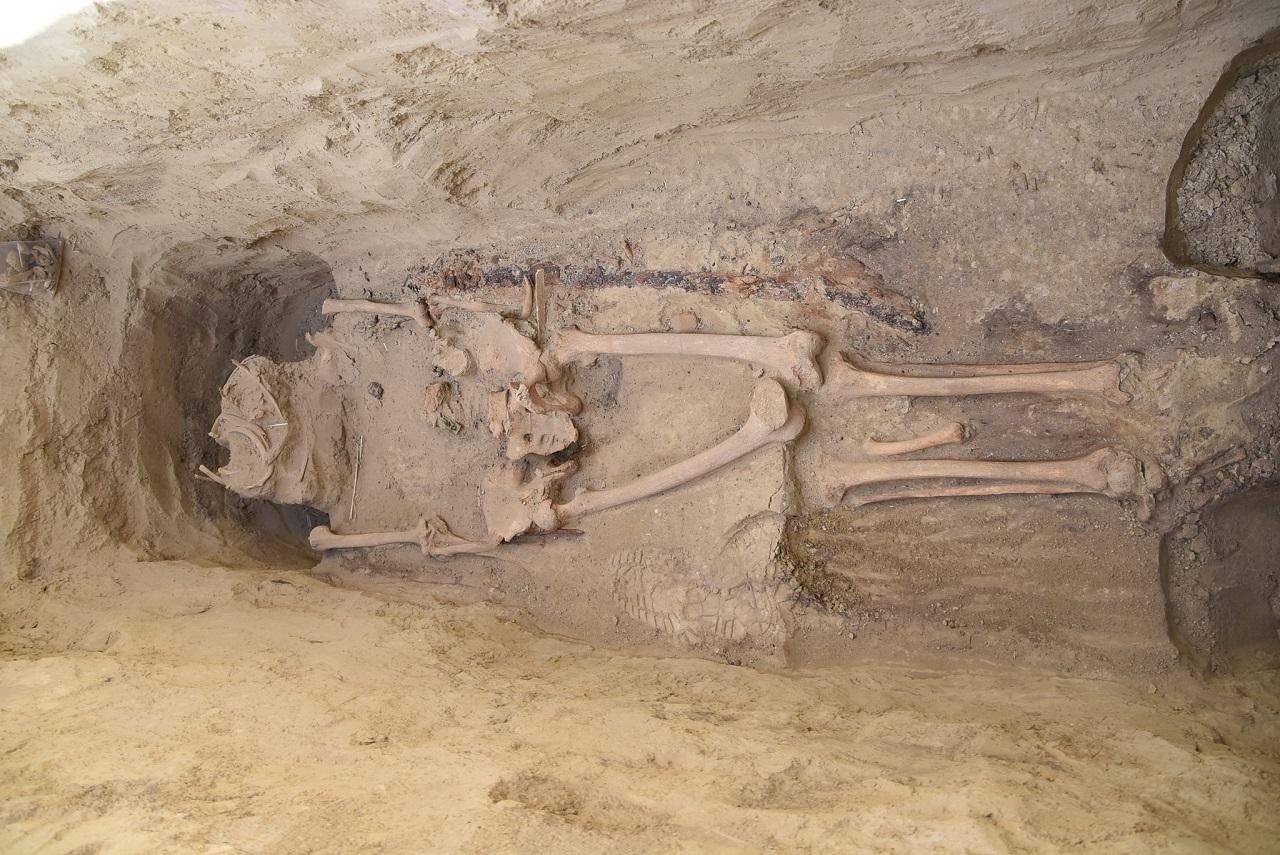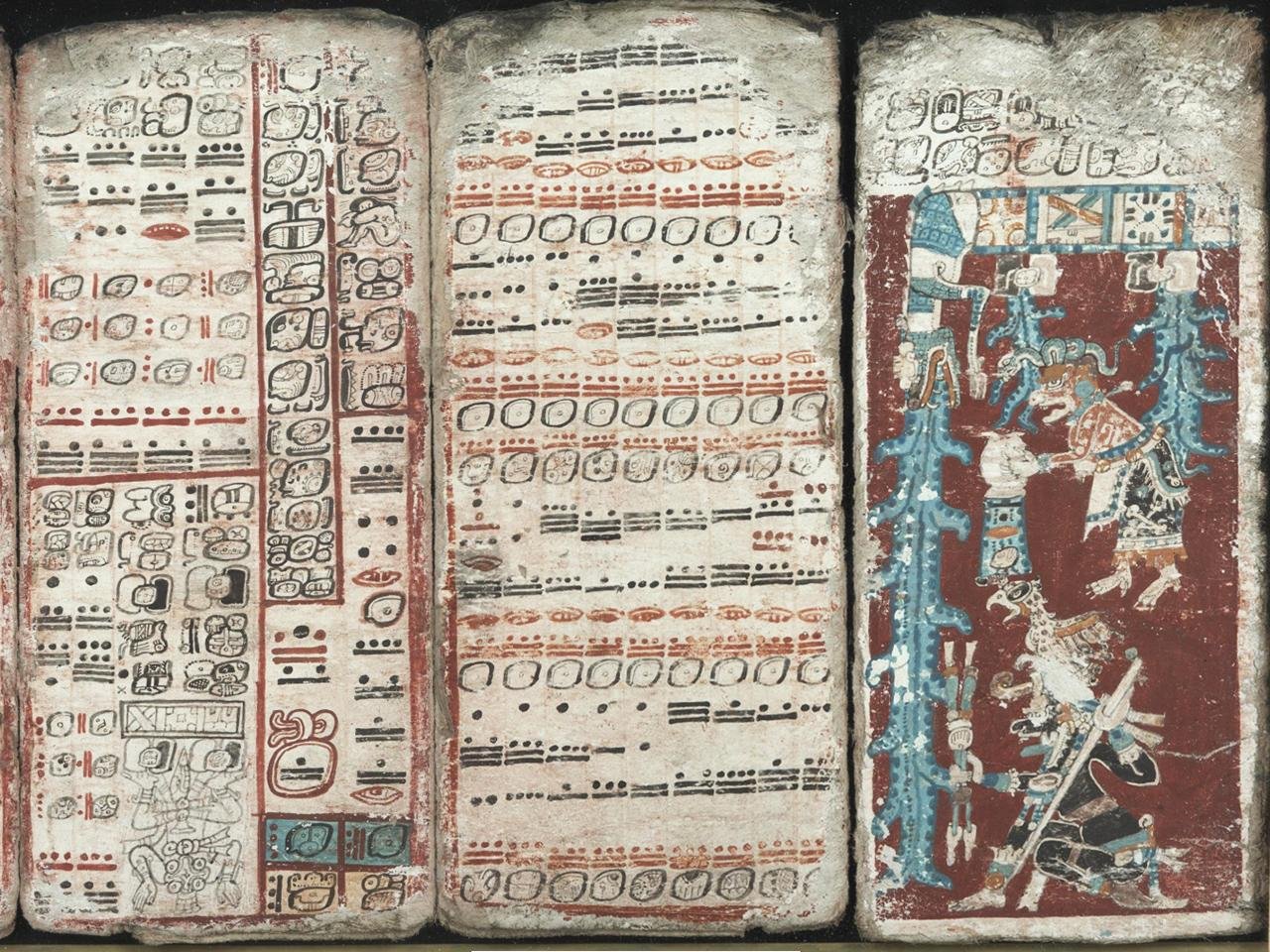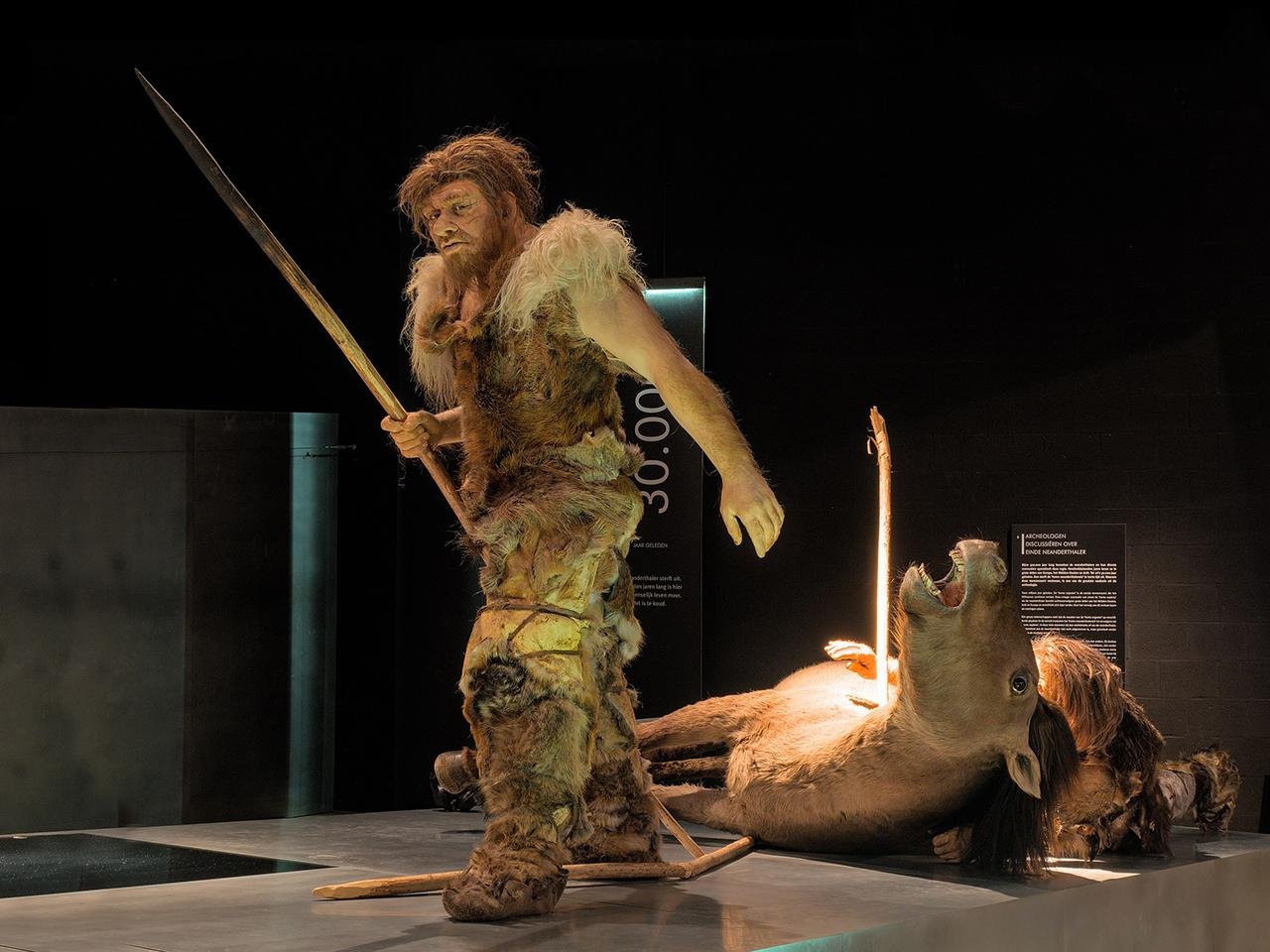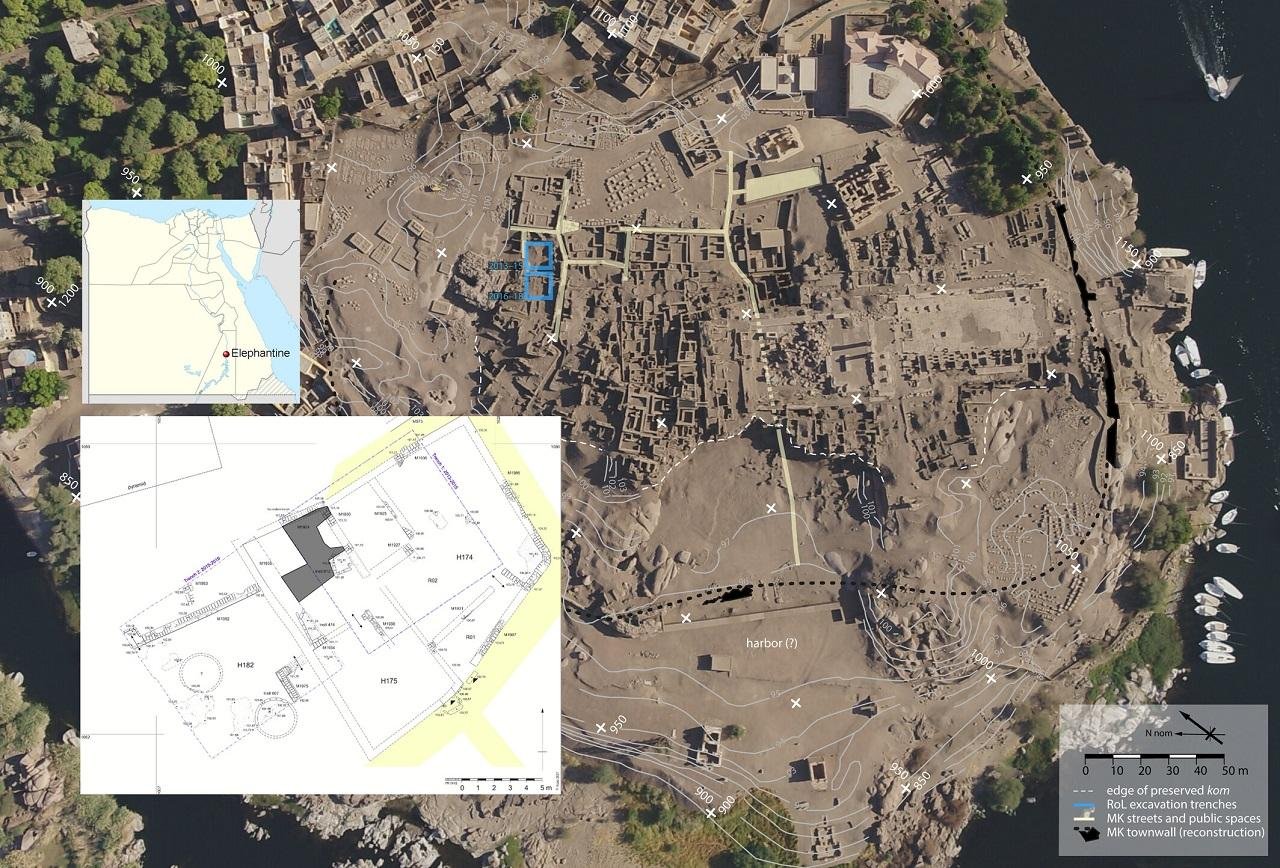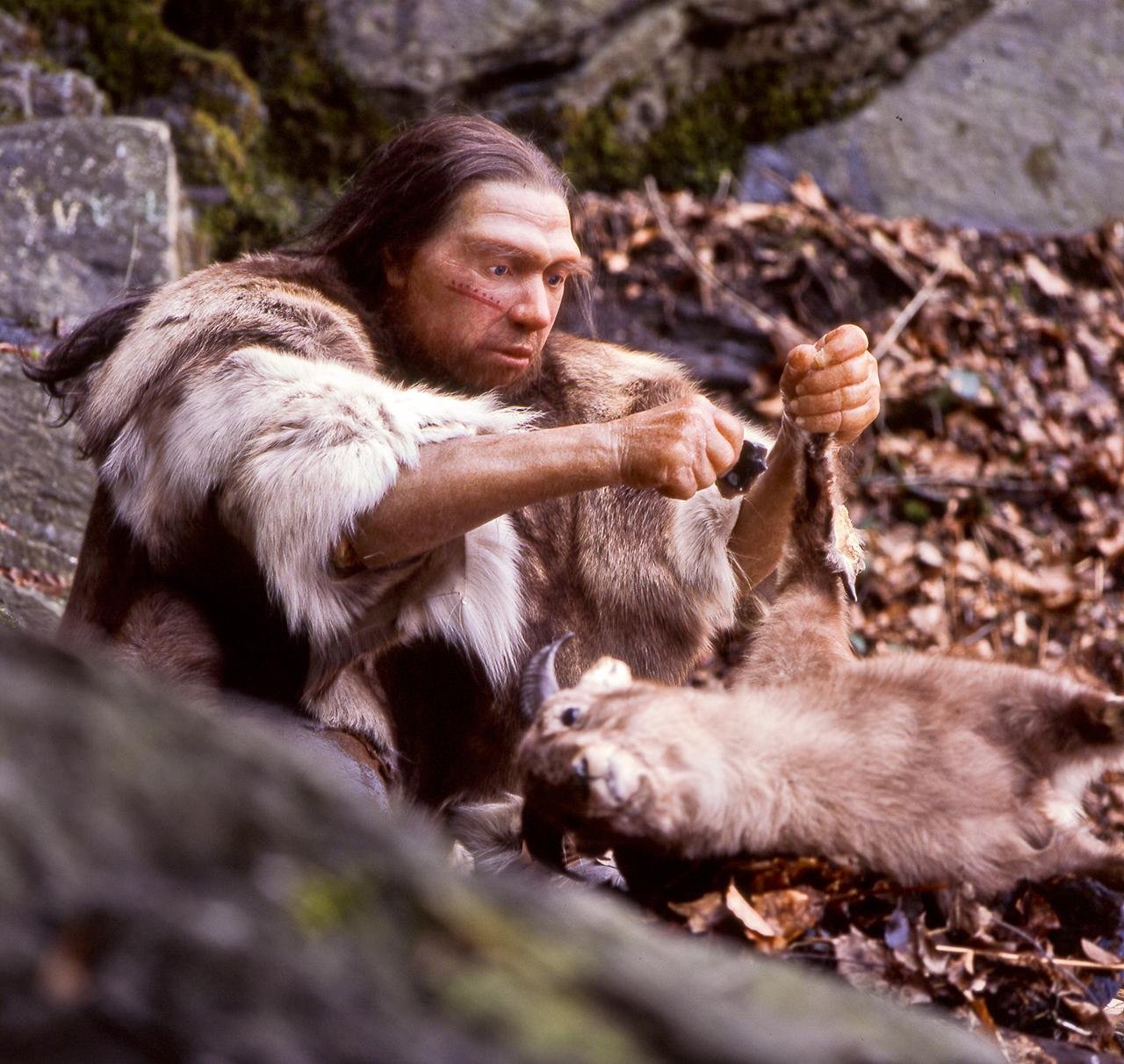Archaeologists recently uncovered what is thought to be the first complete Roman pot found on Irish soil in a stunning discovery on the east coast of Ireland. The artifact was discovered during recent excavations at the Drumanagh promontory fort, a significant Iron Age site near the north County Dublin village of Loughshinny.
The find was made during the most recent season of the “Digging Drumanagh” excavation project, an effort led by Fingal County Council. The site, a 46-acre coastal headland characterized by three large earthen banks and ditches, has been the target of archaeological excavations since 2018. While Ireland was never a part of the Roman Empire, Drumanagh has long fascinated historians because of the variety of Roman artifacts discovered there previously.
This is the first ever intact Roman pot to be excavated in Ireland. Archaeologists have uncovered five or six types of Roman artifacts here, such as the neck of an amphora, but no one has ever seen a pot like this in Ireland before.
The pot was found turned upside down beside a large sherd of an amphora that would have originally been used for transporting oil or wine. Soil taken from inside the pot will be examined for organic residues that may reveal its original contents. The vessel is now being transferred to the National Museum of Ireland to undergo conservation, cleaning, and further examination.
Archaeological finds at Drumanagh over the past five years suggest the site played a vital role in cross-cultural exchange during the Iron Age, particularly with Roman Britain and Roman-controlled regions in Gaul and Spain. Among the many items unearthed are spelt wheat—a staple in Roman diets—glᴀssware, ceramic vessels, bone combs, antler dice, loom weights, spindle whorls, a needle, a punch tool, and charred food remains. One notable discovery from a previous excavation season was a 2,000-year-old charred fig, the oldest exotic fruit ever found in Ireland.
Although some researchers have even surmised that Drumanagh was a Roman military bridgehead, the most widely held theory among archaeologists now is that the site was an important trading center. Christine Baker, the heritage officer and archaeologist from Fingal County Council, explained that there is no trace of a permanent Roman settlement, but there is solid material evidence indicating sustained and intense contact with Roman Britain—particularly the Chester–Wirral area—and the broader Roman world.
Drumanagh’s strategic position on a high point overlooking the Irish Sea would have made it an ideal location for commerce. The newly discovered pot, along with the array of Roman goods found on-site, adds to growing evidence that this fort once stood at the heart of a bustling hub for international exchange during the first two centuries of the Roman Empire.
